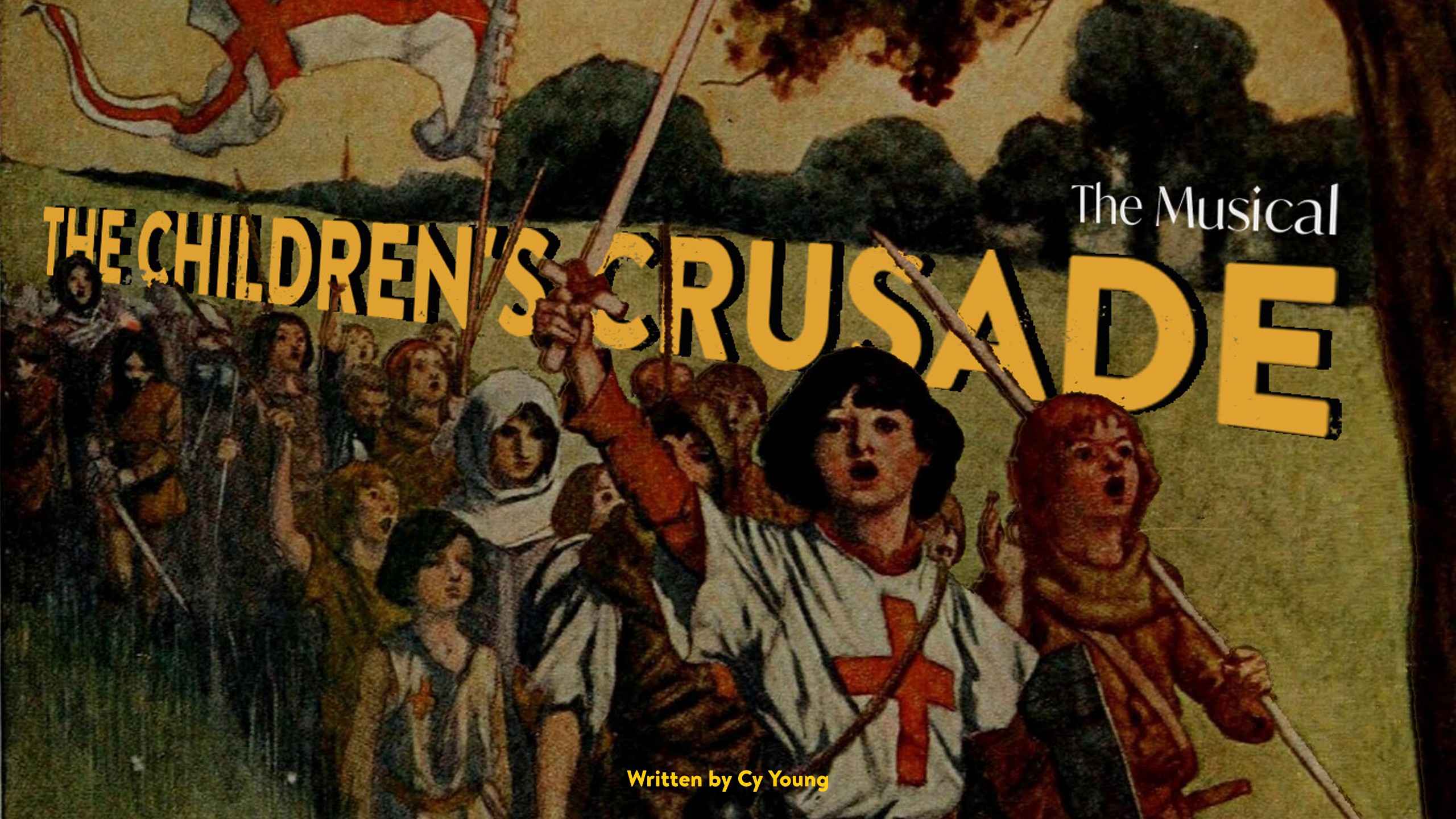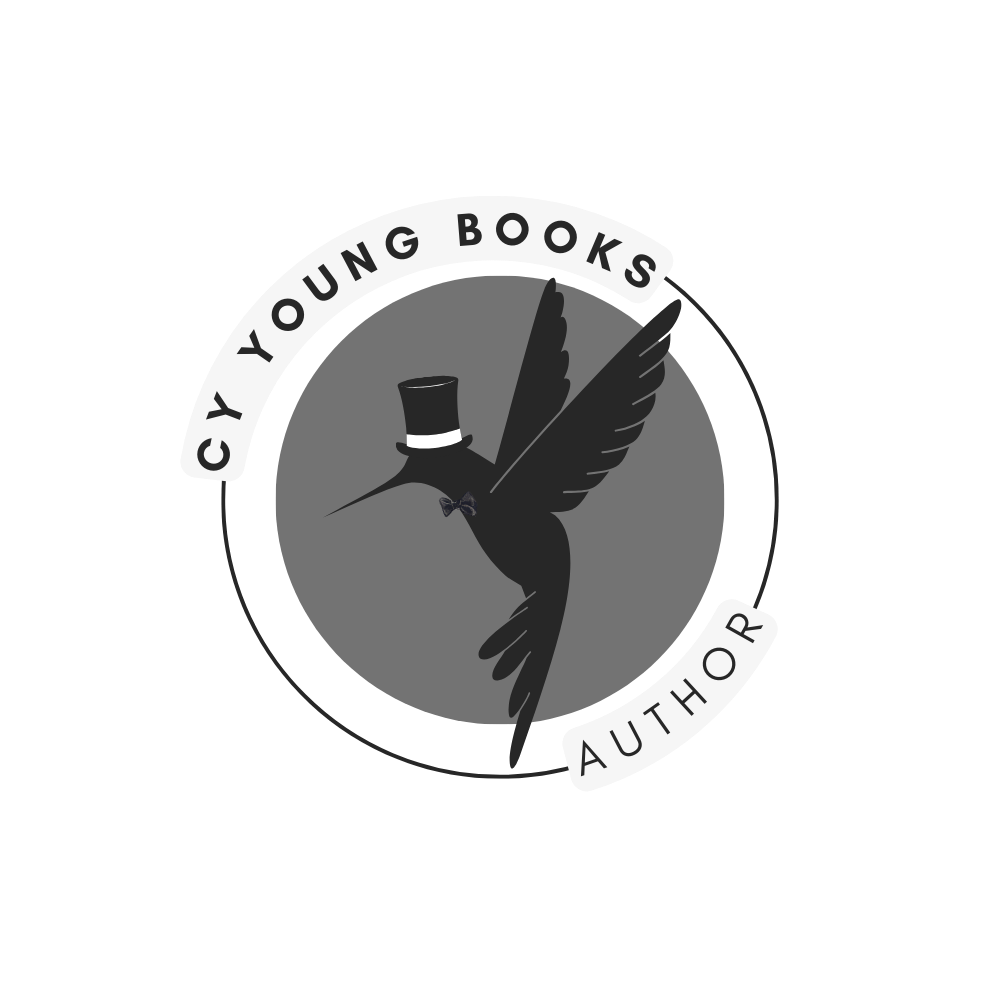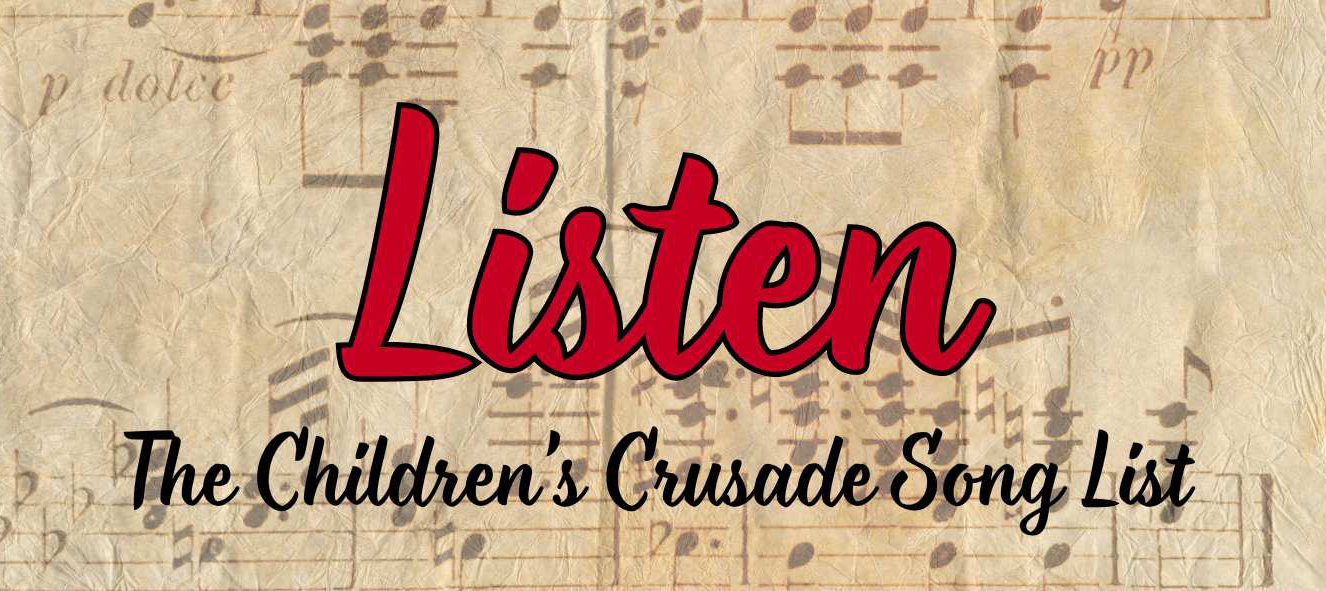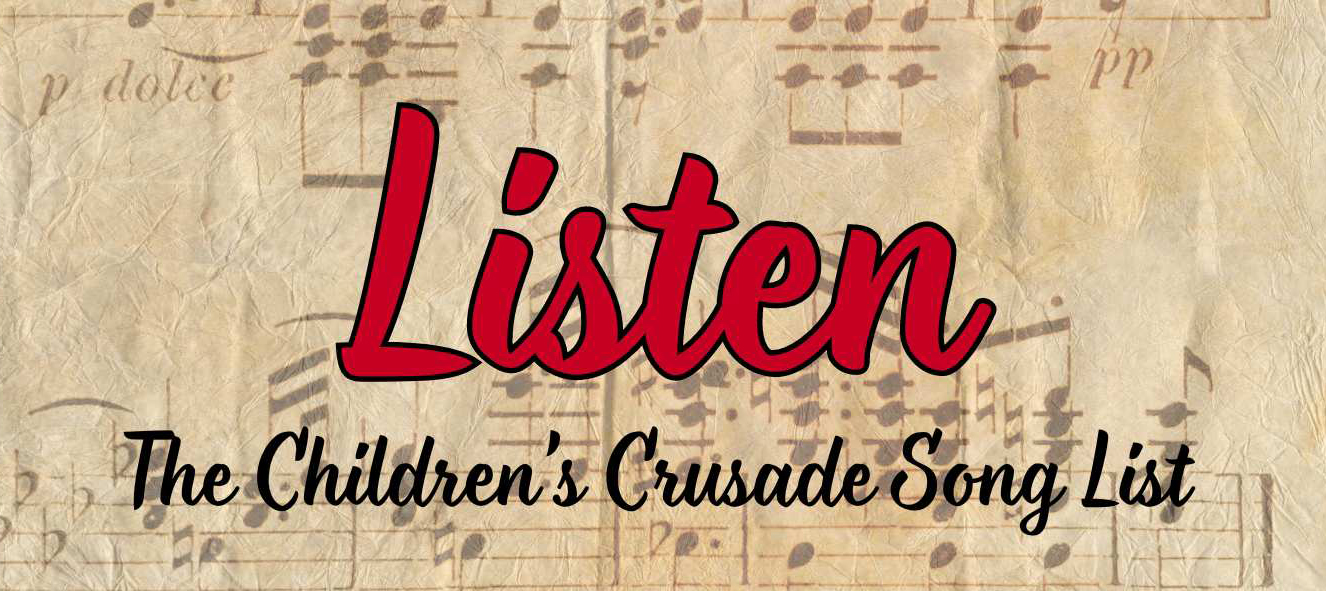This crusade is particularly fallow ground for musicalization. The emotions of the events from the children’s youthful zeal to the robust morality of the knights to the deep sense and ache of loss from the mothers, blend in a musical montage of glory and passion. The battle dance between the Christian Knights and the Turkish Warriors is an outstanding physical encounter, acrobatic and decisive, which can include flying across the stage and over the audience in incredible maneuvers that are breathtaking and frightening. This musical is unique, another Riverdance.
SYNOPSIS
Sylvias, a monk and historian, welcomes the audience to the 13th century and instantly charms them with his cheerful demeanor and self-deprecating humor. He’s going to tell them a series of events that he knows are true … because he witnessed them. After removing a flask from his tunic, Sylvias takes a draught, eyes the audience with mock seriousness, and says, “No, I’m not Irish … well, maybe two-fifths. ‘Bibo ergo sum’ - I drink therefore I am!”
Sylvias begins his tale by introducing Amiel, our protagonist, Koenig, his father, also known as The White Knight, and his mother, Ruth, deftly establishing the strong tie between Amiel and his mother, the essential relationship of our story.
Our monk will be the narrator for the evening and begins with a succinct summation of the actual children’s crusade. As Novices file into an opulent church setting, Sylvias introduces the first song, THE MIRRORS, sung by the young boys in a round. Sylvias takes part in this number, posing as one of the teachers, a Grammatiste.
A spotlight picks up the charismatic monk in the next scene; the audience, he explains, needs to understand the events leading up to the children’s crusade. Three songs, The GATES OF JERUSALEM, HOSPITALITY, and CRUSADE sung by the monks, paint a graphic picture of the era and set the tone that leads to the disaster.
Continuing, Sylvias reveals a fondness for Amiel and a deep admiration for his student’s principled character, presented in the lad’s song, WHEN I’M A MAN.
Because Christian fervor for the crusades was waning and soldiers were plentiful, the Pope hired Koenig to snuff out the Cathers, a rebellious group of zealots in Iberia. Koenig, The White Knight, Sylvias explains, formed an army, A WARRIOR’S ARMOR, SHEKINAH, and STAY ON THE PATH. Simultaneously, Amiel meets his beloved Christienne, LOVE IS THE ONLY THING.
The rest of the first act details how two greedy merchants manipulate two naïve monks into enticing the children into a crusade and selling them into slavery, SLAVERY, THE PITCH.
Death, ever-present, opens Act II with THE DANCE OF DEATH. Meanwhile, the two monks have enticed the children to form a children’s crusade. The mother’s pleas to the children go unheeded, LISTEN TO ME, and Sylvias agrees to accompany Amiel on their trek, THE PRAYER, YOU CAN HEAR US SINGING. Koenig and his Templar knights lead the children on their mission but are thwarted by a Turkish army, IN THE COMING BATTLE. A violent confrontation ensues, Koenig is slain, the children are captured and never heard from again.
Sylvias returns after 19 years, finds Ruth in Koenig’s manor, and tells her Koenig and her son are not coming home. Ruth sings the final song, I HEAR YOUR LAUGHTER, as other mothers join her, Death appears in triumphant glee and slowly lowers the curtain with a defiant gesture. Ending is up: In Curtain Calls, children mob Death as he’s taking his final bow, rip his clothes off, and chase him up the aisle of the theatre in his underwear.
Click below to read the full script:
"A poignant look-back at ...[how] ambition and the miscalculation of motives [can] corrupt good intentions." Jo Rowan





